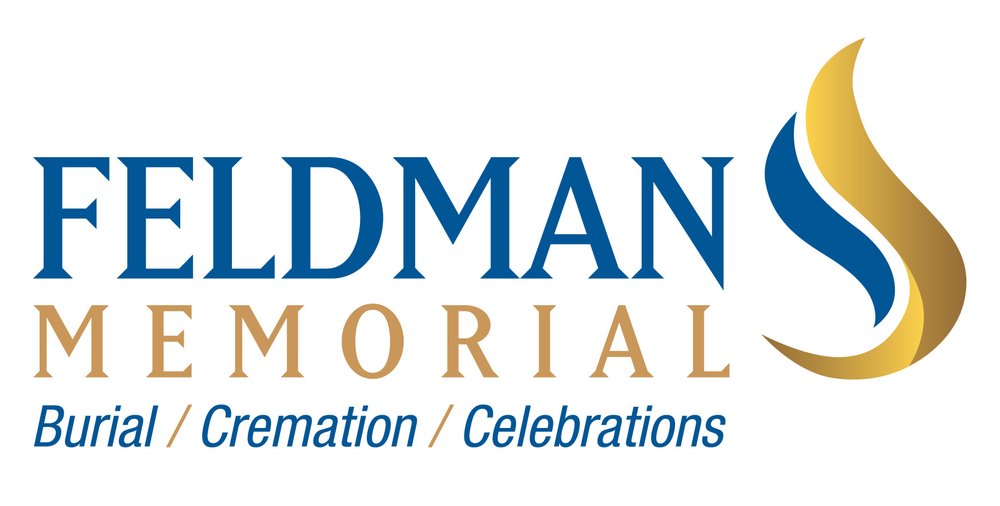
Water Cremation or Fire Cremation?
Traditional flame cremation is replaced with water cremation, also called aquamation or alkaline hydrolysis. Cremation services in Highlands Ranch, CO are ready to enlighten you on the process.
Water Cremation
Water cremation is a method of burying a body that involves a solution of water and alkali salts rather than fire. Human remains are put into a metal chamber filled with a solution of 95 percent water and 5% alkali salts during the water cremation procedure. With the addition of some pressure and heat, the water gently runs over the body in the chamber. The body's soft tissue completely disintegrates in four hours, leaving only bone matter remains. After drying, the bone pieces are broken down into clean, white ashes (usually 33% more than fire cremation).
While it may sound contradictory, alkaline hydrolysis is a form of cremation because it involves the disintegration of soft tissue and the return of bones as ashes. (Yes, ashes from a flame cremation are almost entirely made up of bone.)
There are numerous differences between water cremation and flame cremation, the most notable of which is the environmental friendliness of water cremation compared to flame cremation.
Fire Cremation
Fire Cremation is the process of burying a body in a furnace (known as a retort). People are burned using natural gases or propane/butane over 4-6 hours. The retort fires 6-8 flame jets to incinerate soft tissue into the body. Repositioning is undertaken with long metal shovels to ensure continued combustion and efficient burning.
To successfully carry out the process of flame decomposition, retorts used for flame cremation typically achieve a temperature of roughly 1800oF. Around 28 gallons of fuel are used to reach these temperatures. This is approximately the same amount of fuel as a typical SUV tank.
With fire cremation, an entire SUV tank of fuel is utilized to burn remains immediately. The ashes from a flame cremation are grey or sandy in color and uneven in size. The pulverized bone material makes up almost all of the ashes. As a result of the burning involved in flame cremation, greenhouse gases are released during the procedure. When a body is cremated by fire, around 540 lbs of carbon dioxide is removed (CO2).
The Bigger Picture
As you can see, water cremation is far more environmentally friendly than fire cremation. It is also thought to be gentler, more tranquil, and more humane than traditional fire cremation (while also producing more ashes for you and your loved ones to share).
While flame cremation is more often connected with cremation, both procedures have existed for centuries. Water cremation was first patented in 1888, and in California, it has been permitted for people since 2020.
Given that around 3.3 million individuals die in the United States each year, if every decedent chose water cremation, We would prevent almost 1.5 billion pounds of greenhouse emissions. While there are numerous aspects to consider while deciding on the final disposition for yourself or a loved one, everyone should think about how their lives (and deaths) affect the planet's and atmosphere's general health. Sustainability is more vital than ever before, especially as climate change becomes more serious.
If you'd like to learn more about water cremation or schedule a service right away, reach out to us at cremation services in Highlands Ranch, CO.


Comments